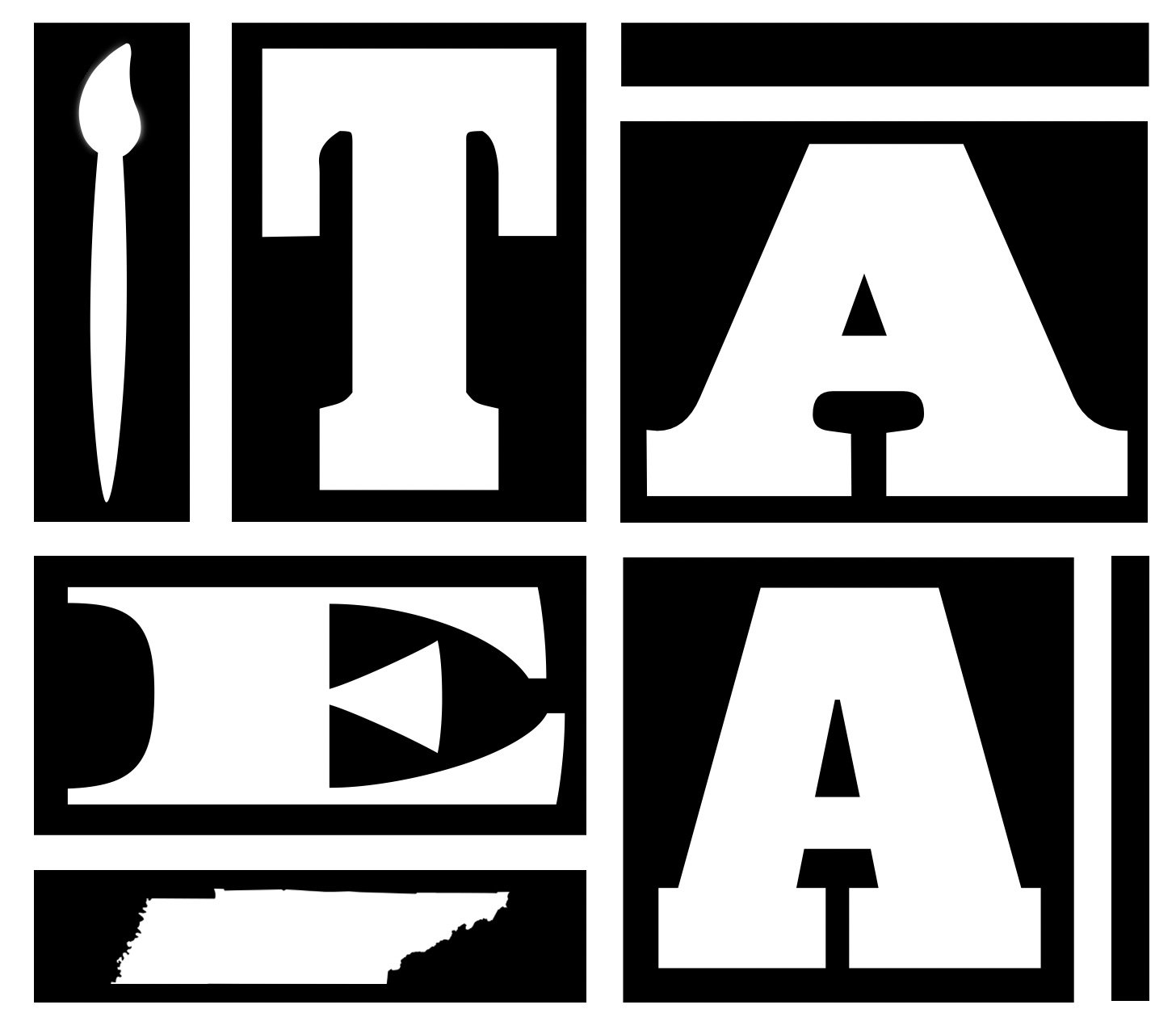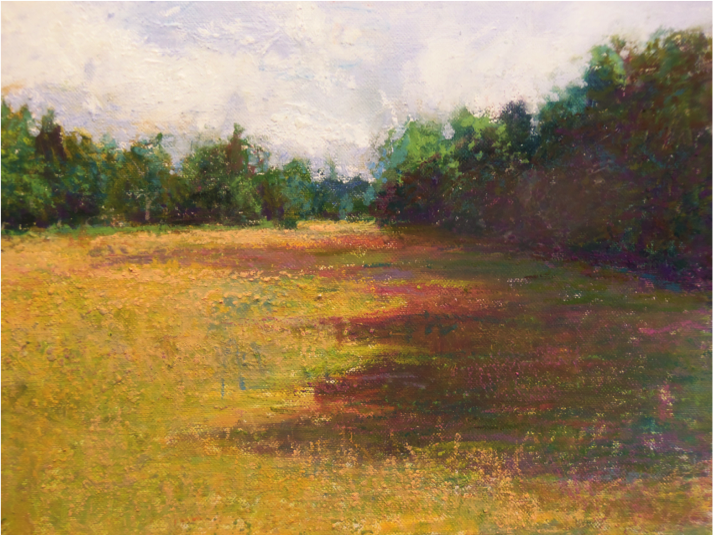One of the great privileges of serving on the board of the Tennessee Art Education Association is the opportunity to hear from our members to recognize outstanding art educators from all across the state. This year, we got a fantastic slate of nominees in seventeen categories. The executive committee of the board reviewed all of the nominations – carefully considering each nominee’s qualifications – to undertake the task of selecting which teachers to recognize. Each nominee brought so much experience and passion for teaching; the hard part was choosing one educator per category to recognize! This year’s award winners truly exemplify the qualities and standards of what it means to be a great art educator, going above-and-beyond for their students and their fellow teachers. Congratulations to our 2018 award winners!
-Kathy Dumlao, President Elect
Tennessee Art Educator of the Year
Tina Atkinson
East Region Art Educator of the Year
Mary Katherine Chin
Middle Region Art Educator of the Year
Ted Edinger
West Region Art Educator of the Year
Amanda Tutor
Elementary Art Educator of the Year
Rebekah Laurenzi
Middle Level Art Educator of the Year
Eliza “Beth” Perthel
Secondary Art Educator of the Year
Carol Vinson
Higher Education Art Educator of the Year
Joy Bertling
Administration Educator of the Year
Heather Casteel
Museum Art Educator of the Year
Brooke Griffith
First Year Educator of the Year
Ericak Ryba
Pre-Service Art Educator of the Year
Gracie Knestrick
Emeritus Art Educator of the Year
Flowerree McDonough
Higher Education Student Achievement Award
Heather Eades
Distinguished Service within the Profession
Brad Foust
National Art Honor Society Sponsor of the Year
Cindy Bennett
Friend of TAEA
Dr. Richard Ranta
Watkins College of Art, Design, and Film






